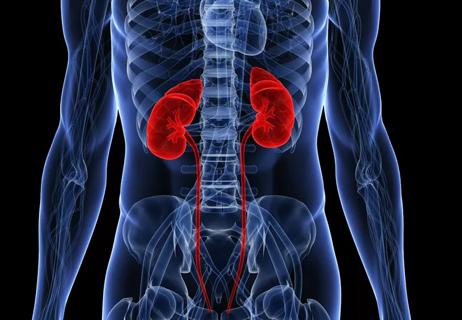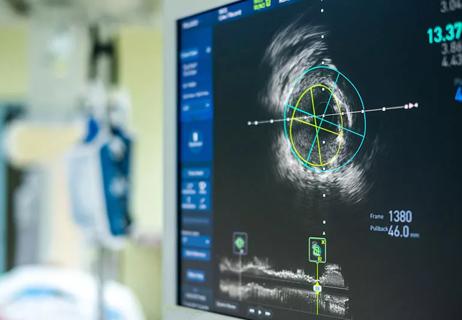Quiz yourself about this dangerous disorder

An aneurysm — a ballooning or bulging out of an artery where the wall is weak — can wreak havoc if it bursts. When aneurysms rupture in the brain, the resulting hemorrhage can cause stroke, coma, death, brain damage and other problems.
Advertisement
Cleveland Clinic is a non-profit academic medical center. Advertising on our site helps support our mission. We do not endorse non-Cleveland Clinic products or services. Policy
Forty percent of ruptured brain aneurysms are fatal, and 66 percent of survivors suffer permanent brain damage.
A better understanding of brain aneurysms, how they are treated, and whether or not you are at risk can help you safeguard your health. Start by testing your knowledge with this quiz, created with the help of Peter Rasmussen, MD, Professor of Neurological Surgery, Cleveland Clinic.
Guess which statements are true and which are false:
True and false. Most aneurysms are silent. However, aneurysms that become very large may press on brain structures, causing stroke-like symptoms: loss of balance, speech problems and double vision. When an aneurysm ruptures, the hallmark is a sudden, debilitating headache — often described as the worst of one’s life — along with nausea, vomiting, a stiff neck, loss of consciousness or double vision. This is a medical emergency and requires an urgent call to 9-1-1.
False. Every decision to treat a brain aneurysm involves weighing the risks versus benefits for each patient. The location, size and shape of the aneurysm matter. So do the patient’s personal and family health history. Some small brain aneurysms can simply be monitored.
False. Depending on the patient’s health and other factors, minimally invasive techniques may prevent rupture. Specially trained neurovascular surgeons can guide a catheter containing coils or stents into the intracranial (brain) artery. Coils can be placed within the aneurysm to stimulate scarring that prevents blood from entering. Stents (expandable scaffolds) can also be placed at the base of the aneurysm. As they scar over, they seal off the aneurysm from the circulation. Most brain aneurysms can be treated this way.
Advertisement
False. Even the most challenging aneurysms can be treated using new technology. Giant aneurysms and aneurysms with a broad base often recur after initial treatment with coils and stents. Flowdiversion is a technology showing promise for these aneurysms. An extra-long, flexible, stent-like device is guided through a catheter and placed along the base of the aneurysm and on either side. As healing occurs, the device scars over and forms a new channel through which blood can flow, bypassing the aneurysm.
False. The risk of developing an aneurysm is slightly greater in women than in men, and roughly 60 to 65 percent of ruptured aneurysms occur in women. Ruptured aneurysms usually occur between the ages of 30 and 60. Brain aneurysms are rare in children but can occur.
False. Some aneurysms are related to genetics. Up to 20 percent of those experiencing ruptured aneurysms have a strong family history — in other words, two or more blood relatives who also suffered ruptured aneurysms. If you have a strong family history, it’s important to consult a stroke or brain aneurysm specialist to see if you are at increased risk of aneurysm development and rupture.
You can lower your risk of aneurysm formation and rupture and stroke with these lifestyle changes:
Advertisement
Learn more about our editorial process.
Advertisement

When to limit your activity and when not to

The biggest concern is that they could rupture

Most recommended precautions center around minimizing bruising or swelling

Even one drink can have an impact on your cognitive function leading to slurred speech, blurred vision and impaired memory

Understand who may (and may not) benefit

Lorem ipsum dolor sit amet. Et odio Quis vel ipsam omnis eum alias deleniti et placeat impedit non voluptas galisum hic autem enim et cupiditate aliquid. Est beatae quidem non facilis autem ut commodi nisi aut tempore rerum et dolores voluptatem cum enim optio id sapiente quasi. Ad laboriosam officiis 33 cupiditate sequi ea voluptatum consectetur qui necessitatibus voluptate et quasi doloremque et facere explicabo quo explicabo officia

Type 2 diabetes isn’t inevitable with these dietary changes

Applying a hot or cold compress can help with pain